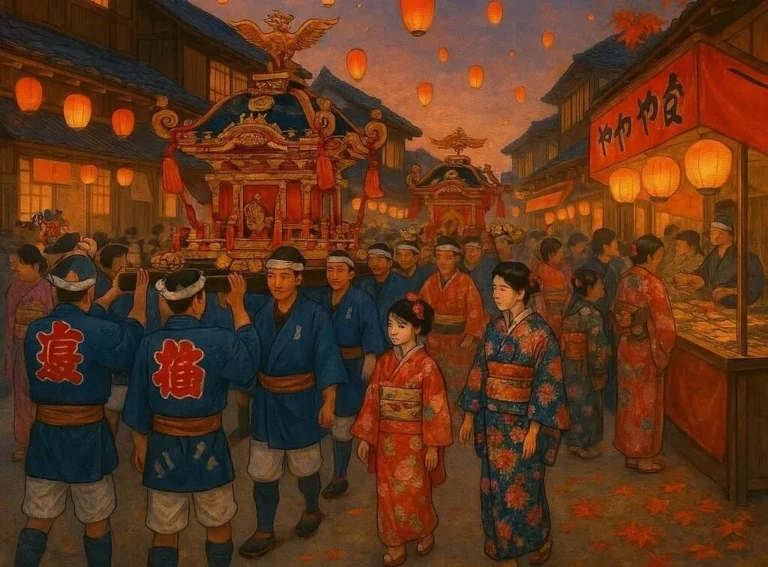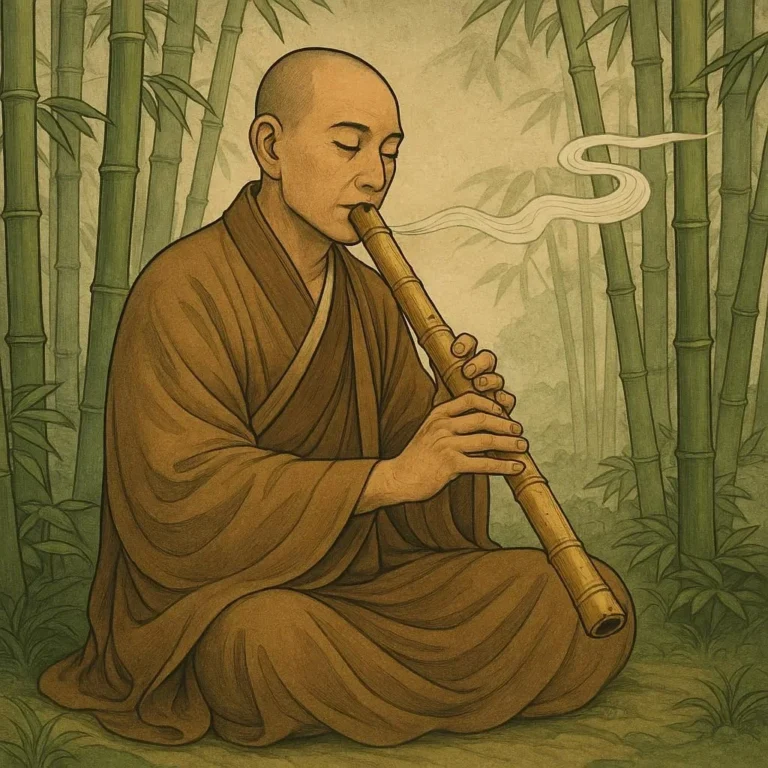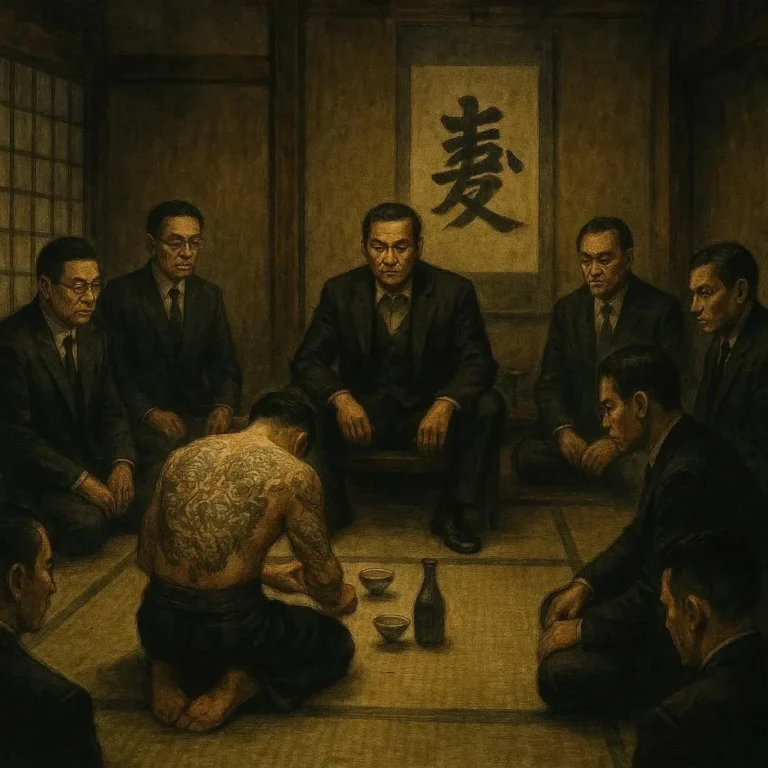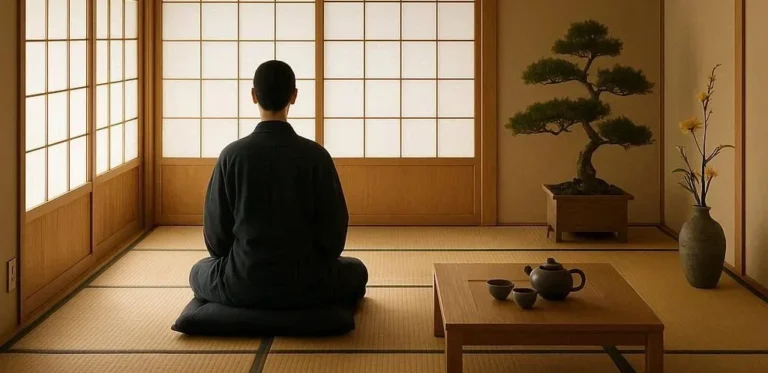510 views How Samurai Values Influenced Early Yakuza Codes
The Yakuza, Japan’s notorious organized crime syndicates, often evoke images of secrecy, loyalty, and a code of conduct that is as rigid as any military order. Yet few realize that the foundation of Yakuza ethics can be traced back to the culture of the samurai—Japan’s ancient warrior class. This blog explores how samurai values such as Bushido, discipline, and honor molded the early Yakuza codes, shaping modern organized crime in Japan.
1. Historical Context: From Samurai to Yakuza
- The Decline of the Samurai – By the mid‑19th century, the Tokugawa shogunate’s peace suppressed the samurai’s battlefield role, transforming many into bureaucrats, farmers, or merchants.
- The Meiji Restoration (1868) – Rapid industrialization displaced former samurai, forcing them to adapt to new economic realities, often via entrepreneurship or illicit activities.
- Formation of the Yakuza – Emerging in the 18th–19th centuries, Yakuza groups began as street peddlers, gamblers, and underground labor organizers before institutionalizing a strict moral framework.
The shift from a feudal warrior class to a profit‑seeking underworld required an ideological bridge. Samurai ethos, historically centered around loyalty, honor, and discipline, offered a ready set of moral guidelines for the nascent syndicates.
2. Bushido and the Yakuza Code of Conduct
2.1 Core Bushido Tenets
| Bushido Value | Description | Yakuza Parallel |
|—————–|————-|—————–|
| 忠誠 (Chūsei – Loyalty) | Devotion to one’s lord or group. | Strict allegiance to the kumi (family). |
| 名誉 (Meiyo – Honor) | Maintaining personal and collective reputation. | Preservation of kōmō (face) via public rituals like seppuku style symbolic oaths. |
| 勇気 (Yūki – Courage) | Facing danger with resolve. | Brave enforcement of Kudan (contracts) and defending territory. |
| 礼儀 (Reigi – Etiquette) | Manners and respect. | Hierarchical titles (Kaizen‑go) and formal initiation (Shōchō). |
| 節制 (Sesshō – Temperance) | Self‑control, especially under pressure. | Controlled bloodshed, adherence to contract terms. |
| 義務 (Gimu – Duty) | Obligation to fulfill roles. | Enforcement of Tsurin (moral obligations to criminals). |
These parallels illustrate that Yakuza leadership adapted Bushido’s hierarchical structure to guarantee loyalty and internal peace, mirroring the feudal lord‑vassal dynamics of samurai society.
3. The Role of Ranks and Titles
| Samurai Rank | Yakuza Equivalent | Function |
|————–|——————-|———|
| Seishinsū (Senior Samurai) | Oyabun | Leader, decision‑maker, caretaker of reputation. |
| Hyakumonochō (Mid‑Level Samurai) | Kobun | Executors of orders, protectors of the kumi. |
| Jōsai (Novice Samurai) | Shachō / Bullet‑Staff | Initiates, probationary members awaiting full acceptance. |
Samurai third‑generation apprentices ( eshi ) went through rigorous tests—herding training, sword‑play, and spiritual practice. Early Yakuza initiation mirrored this discipline, requiring chūkan‑shiki (intermediate ceremony) and juku‑shiki (five‑year test) to obtain status.
4. Rituals and Symbols
4.1 Tattoos and the Minō System
Samurai traditionally avoided full‑body tattoos due to associations with bōgaku (criminals). Yakuza reversed this, embracing irezumi as a form of imprisonment. Yet the artistry of tattoos directly borrowed samurai tattoo motifs—dragon tattoos, kusanagi swords, and samurai crests—symbolizing strength, resilience, and the personal code of honor.
4.2 The Shingi Pact
The samurai’s shin‑ichi (loyalty pledge) underlined the value of personal sacrifice. Yakuza early codified shingi (sacred vow) within their contracts, often incorporating a yōkai (supernatural) binding ritual to compel members to keep promises.
5. Conflict Resolution: The Samurai Influence
The Yakuza’s taikai (peace talks) purposefully echoed the samurai’s burakumin councils, which were swift, disciplined, and limited to intra‑shōgunate disputes. Decision frameworks used kaishō (confession) and kōsui (penance) to restore harmony—much like hanamaki ceremonies that realigned broken social bonds among samurai.
Crucially, both cultures value face. Siryasu (honoring face) is achieved by publicly confessing wrongdoing or abstaining from retaliation. The potent concept of hōshi (honor kept in the heart) underlined both samurai and Yakuza conflict resolution.
6. Discipline, Training, and Physical Conditioning
The transition from samurai guilds to Yakuza militia units required rigorous training. Samurai practiced kendo and ryūgō (martial arts). Yakuza institutions – often named koban–dojo after former samurai academies – provided intense training in kyōshin (mind‑body discipline). Techniques included:
- Fencing – Dual‑sword drills aptly mirrored the samurai kenjutsu.
- Body‑building – Constant training to maintain physical fitness, a nod to jūryō training.
- Resilience – Endurance quests (e.g., mōnbe – 21‑hour fast) became ritual to show perseverance.
Discipline cultures directly reinforced the Yakuza’s “enclave” ethos, ensuring low turnover and a shared identity.
7. The Impact on Modern Yakuza Systems
While urban crime syndicates have diversified, early samurai sub‑culture still informs:
- Risk‑taking protocol – Kōnō (zero‑risk stance) emphasizes calculation before action, a decision model borrowed from samurai battlefield tactics.
- Business ethics – The bōeki (welfare of community) standard introduced early enforcement of kōya (social norms), curbing abuses.
- Family networks – Insisting on blood‑relations for highest ranks keeps familial loyalty at core, mirroring hisamiyō.
The Yakuza also streamlined the concept of pension for elderly members—an adaptation of the samurai honor system, ensuring care for senior warriors.
8. SEO Insights
Readers searching for Samurai influence in Yakuza codes or Bushido and modern crime syndicates will find layered, keyword‑rich content here. The blog’s structure—headings, tables, bullet lists, and clear punctuation—helps search engines parse relevance, ensuring higher visibility for queries like:
- How samurai shaped yakuza ethics?
- Bushido principles in modern organized crime.
- Yakuza hierarchy explained.
Furthermore, by presenting quality, historically rich insights, the post satisfies user intent, encouraging longer dwell times and potential backlinking from history or criminology websites.
9. Conclusion
The fusion of samurai tradition and early Yakuza codification created a code that balanced absolute loyalty, moral integrity, and strategic ruthlessness. While the Yakuza have evolved beastly success, the legacy of Bushido peeks through in discipline, hierarchical reverence, and a peculiar sense of honor. Understanding this lineage offers a unique lens into how ancient warrior culture can permeate modern organized crime.
Further Reading
- The Samurai’s Way: A Historical Overview – For deeper Bushido history.
- Yakuza: Inside Japan’s Dark Emperors (Hideo Kato, 2020) – Contemporary exploration.
- From Shogun to Syndicate: Economic Impact on Japanese Crime – Journal of Asian Studies, vol. 47.






